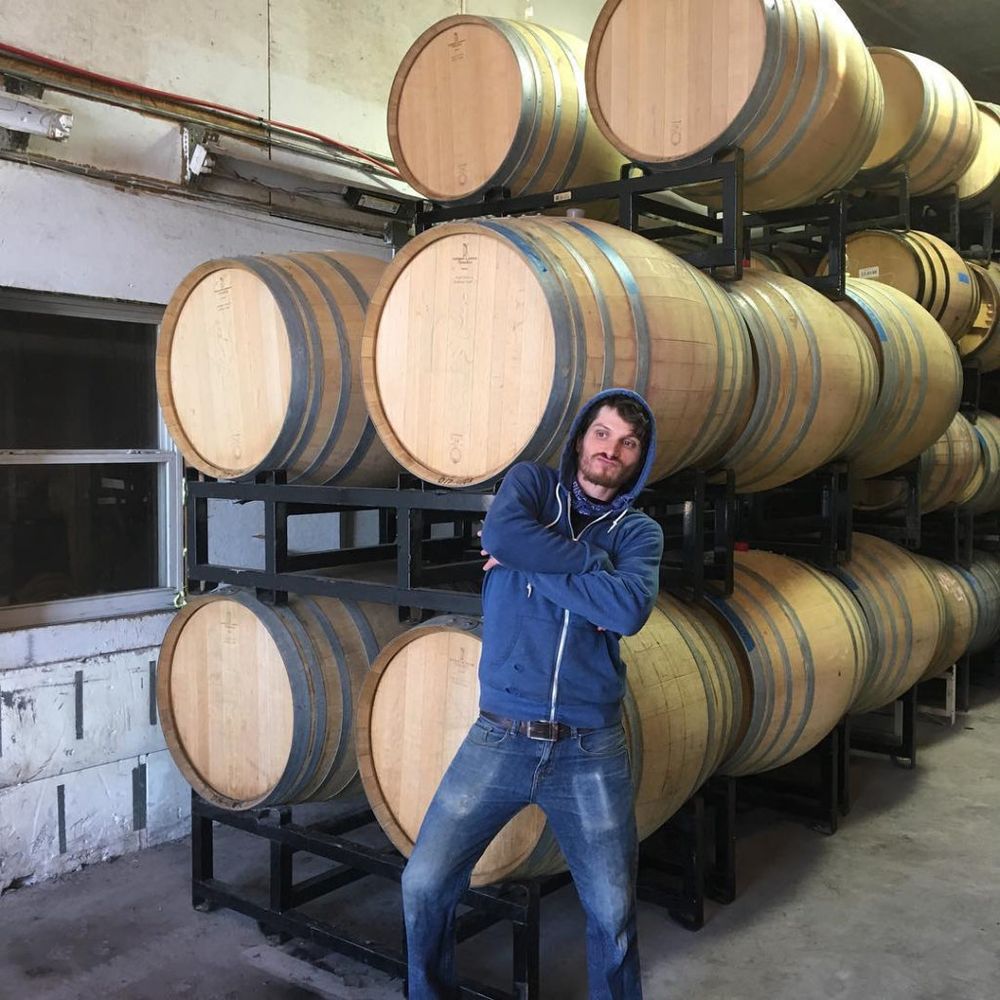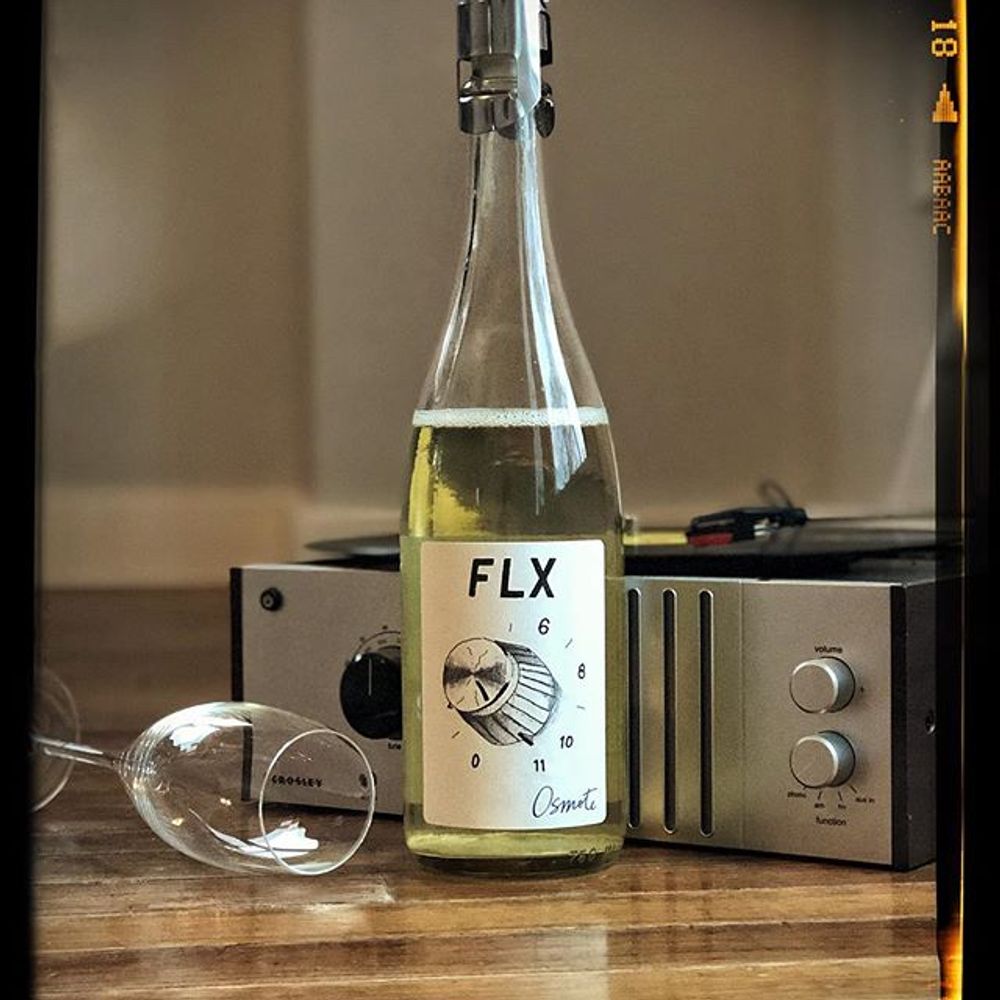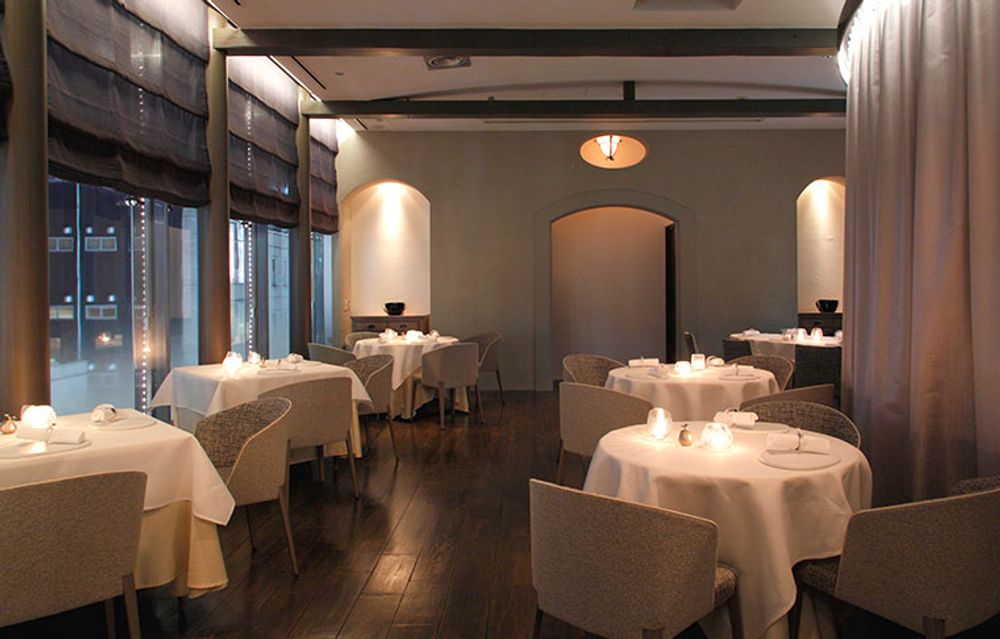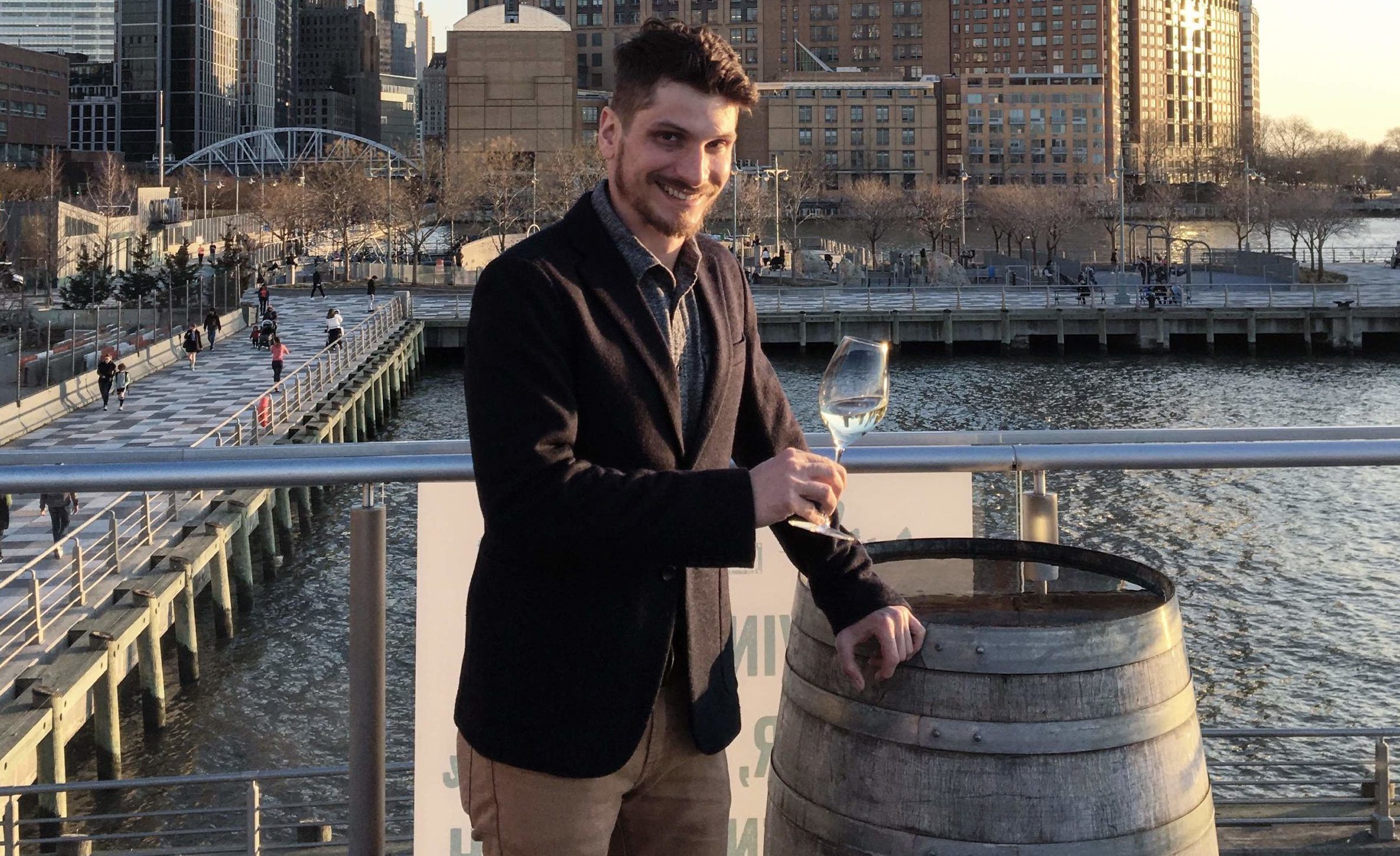Ben Riccardi is a one man wine sourcing, wine buying and winemaking team at Osmote Wines’ in New York’s Seneca Lake region of the Finger Lakes.
Tell us about yourself and Osmote Wines?
I started this winery in 2014 as a means to bring my experience from around the world back home to the Finger Lakes and to make wines that would show my voice and this region’s tremendous potential.

Ben Riccardi has been able to use his experiences of working in the Old and New Worlds to make wines in his home wine region in the Finger Lakes
What grapes do you grow and why?
I don’t grow any grapes and source all of my fruit, but I do own a 31 acre farm that we are transitioning back to vineyard production. This site used to be a juice grape farm and we’re rebuilding the soil and adding a lot of biodiversity by planting cover crops and gardens around our home. This summer we’ll bring in a small herd of pigs to have our first go with pasture raised hogs and to use the animals as a means to bring back better soil health.
In terms of purchased fruit, I work with Chardonnay, Cabernet Franc, Riesling, and with the heirloom varieties Cayuga White and Dechaunac.
What makes your particular region suitable for those grapes and what sort of styles of wine do they make?
This cool climate helps me to make lower alcohol and lighter bodied wines of elegance. I like to make low extraction wines that serve as a complement to the table. We have a tremendous viticultural history here and I am re-examining some of the heirloom varieties that have been lost to time and which are hardly present anywhere else in the world.
What is your approach to winemaking and has that changed at all in recent years?
All of my wines are naturally fermented and it has been this way since inception. I take great pride in letting nature shape my wines and strive to deliver them to market with only a minimal amount of added sulfites.

Pet Nat Osmote Wine-style
What would you say are the big points of difference – the USPs of New York wine that buyers should know?
New York wines are low alcohol, light and fresh, and absolutely versatile. We so often have a sense of reductive minerality in the wines and it reminds of our shale soils and our abounding natural waterfalls. You can absolutely sit and meditate on our wines, but they love to be served with a wide range of food.
New York is the beginning of American viticultural history. There is a great tradition for sparkling wine from our region and we are home to heirloom, French-American hybrid varieties that appear hardly anywhere else in the world.
What are the main markets for your wine, both domestic and export?
Osmote is primarily sold via distribution to restaurants in major metro markets. We are distributed throughout New York City, Washington DC, and Atlanta as well as Japan.
What % is export – is that growing? If so, which countries are you targeting for growth?
Around 90% of our distribution is in the US, with only 10% for exports, which are currently going to Japan. We are looking forward to entering the UK market soon.
What are the types of wine in your portfolio that work best in export and why?

Michelin-starred Esquisse restaurant in Tokyo is one of the key listings for Osmote Wines
Right now we are only exporting Chardonnay Seneca Lake. It is a precise wine with great elegance and has been served across Japan, including in Tokyo at the Park Hyatt Tokyo in the New York Grill and the 2 Michelin star restaurant Esquisse.
I expect to export my entire portfolio to the UK and that there will be particular interest in the heirloom wines- Cayuga White Pet Nat and Dechaunac red wine.
What do you think of the UK market and why do you want to sell your wines here?
I see an open minded and excited clientele that is accustomed to having the world at their fingertips. In working two years in New Zealand, I saw how the UK market consistently picked up top New Zealand wines and were willing to explore regions and varieties that extended beyond expectation. I want to be in the major metropolitan markets and stay open minded to cities beyond London, entering into the Manchester restaurant scene.
Which channels of the UK market are you focused on – what price points do you think are right for your wines?
Our wines are priced in the premium $20-30 range. They represent the best of hand made, low intervention wines. We’re looking forward to working with forward minded sommeliers and helping to be part of the recovery of restaurants after the Covid-19 crisis.
How is the Covid-19 outbreak affecting the winery and your business?
This has been very difficult. Our primary sales outlet was through distribution to restaurants and they have all closed. I run the business as a single person operation, so it’s been very difficult to affect great changes to the model. However, we are enjoying bigger than ever direct to consumer online sales. I am doing my best to add virtual content and engage with the consumer.
We are also offering flat rate shipping across the US and have made available online wines that were originally only intended for the restaurant markets. We will soon be releasing library wines for online sales and trying to cultivate a DTC wine club.
- You can find out more about Osmote Wines at it website here.
- You can also follow all the coverage on New York State and its wineries as part of The Buyer’s on-going partnership with the region. Click here for other articles.










































